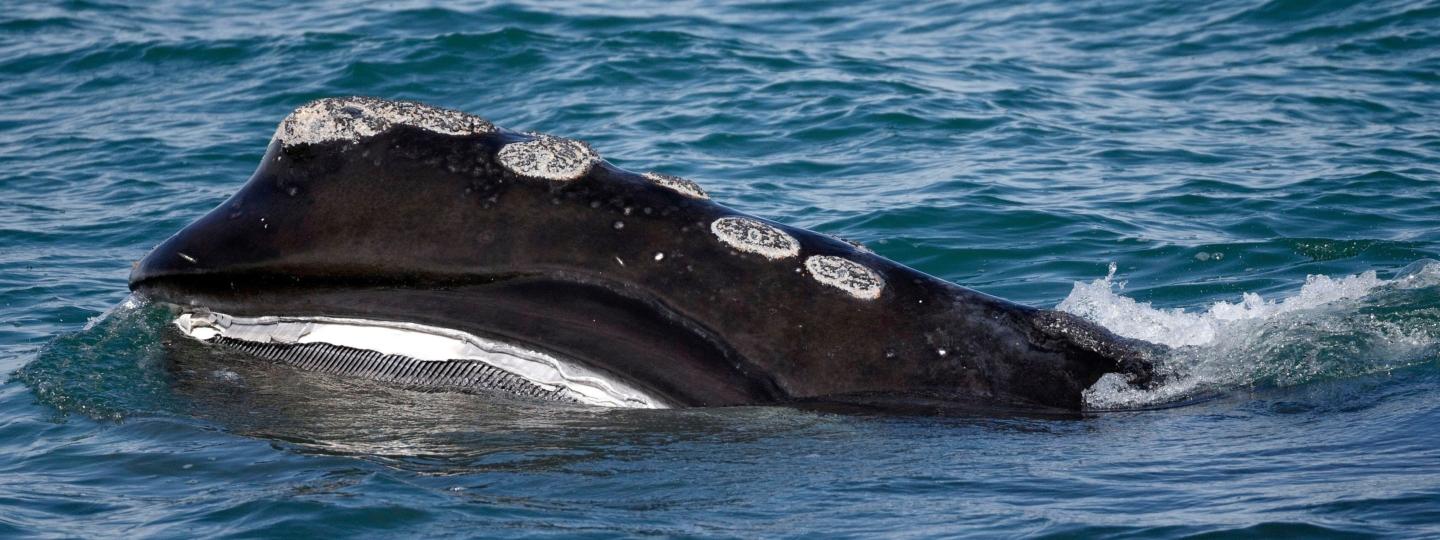Healthy ecosystems
Protecting Ocean Wildlife
Bycatch in marine fisheries is a major threat to endangered, threatened, and protected (ETP) species.
Fishing vessels unintentionally capture hundreds of thousands of sharks, marine mammals, sea turtles, and seabirds every year. But there are practical solutions for reducing bycatch, including adoption of best practices, increased monitoring, and development of new technologies.
BYCATCH is the capture of non-target species during fishing.
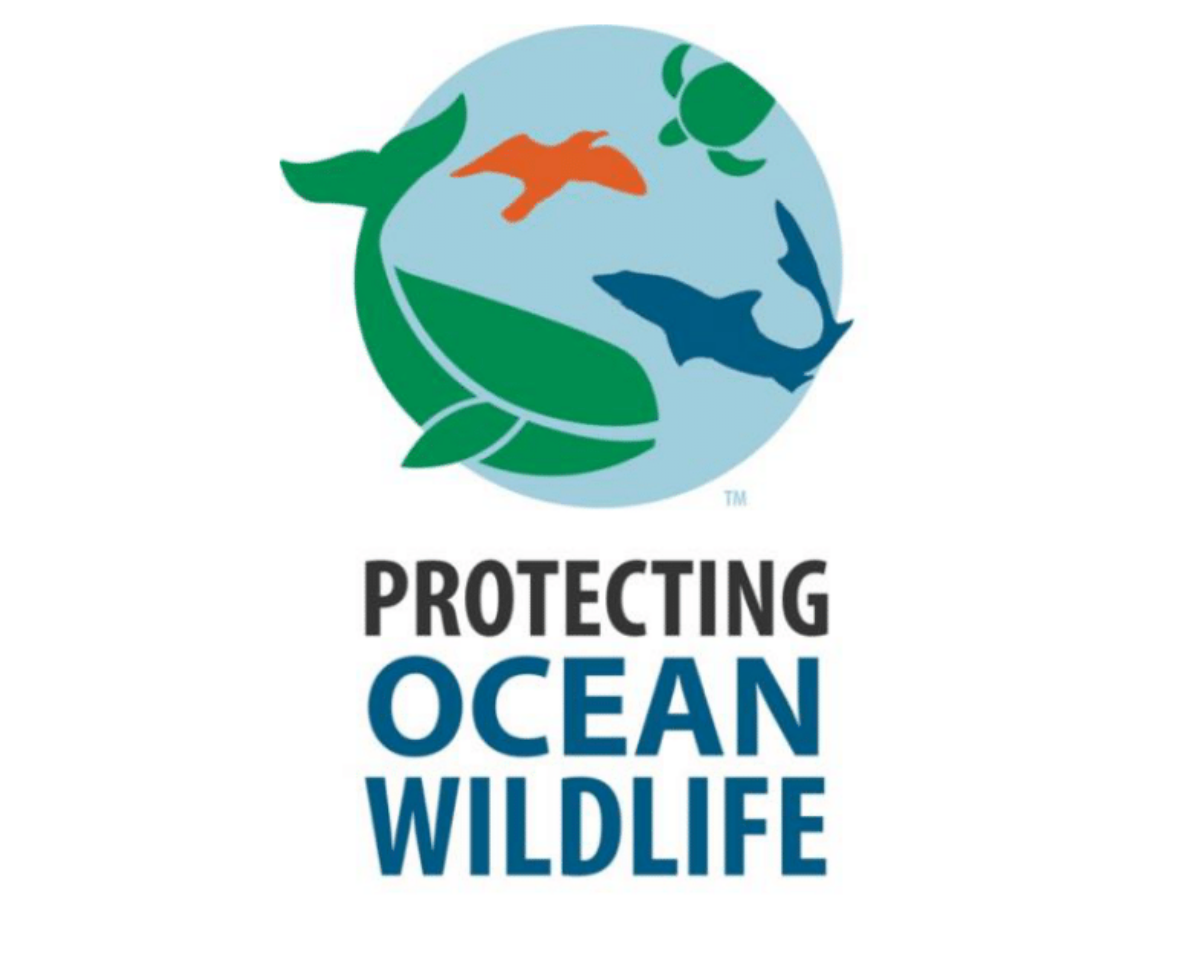
Tools and solutions for reducing bycatch
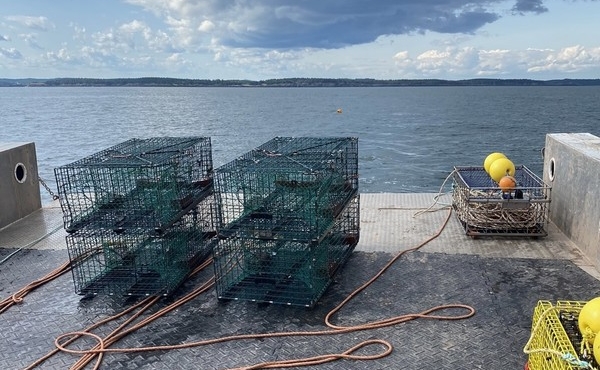
Gear innovation
Gear innovation
The adoption of on-demand fishing technologies can substantially reduce the risk of entanglement for vulnerable ocean wildlife, and allow fishing and conservation to coexist.
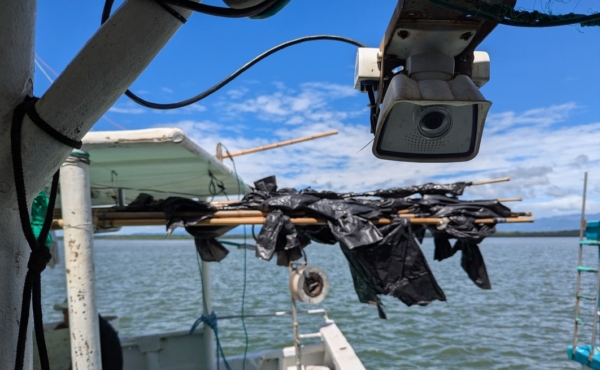
Electronic monitoring
Electronic monitoring
Electronic monitoring offers an alternative to traditional in-person monitoring, improving transparency and traceability and providing an effective way to monitor and verify activity on fishing vessels.
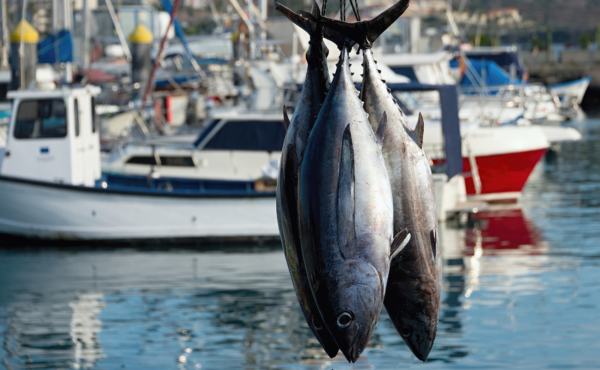
Reducing bycatch and improving transparency in tuna fisheries
Reducing bycatch and improving transparency in tuna fisheries
Buyers of longline-caught canned and fresh/frozen tuna can take action to reduce the impacts of commercial tuna longline fishing on sharks, sea turtles, and seabirds in the Western Central Pacific Ocean.
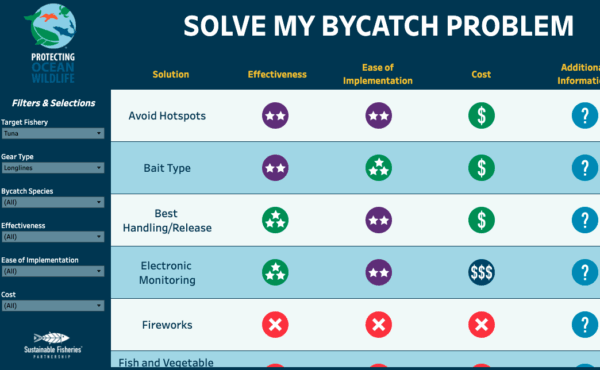
Solve My Bycatch Problem Tool
Solve My Bycatch Problem Tool
SFP’sinteractive Solve My Bycatch Problem tool can help you find and evaluate bycatch solutions for longline and pot and trap fisheries.
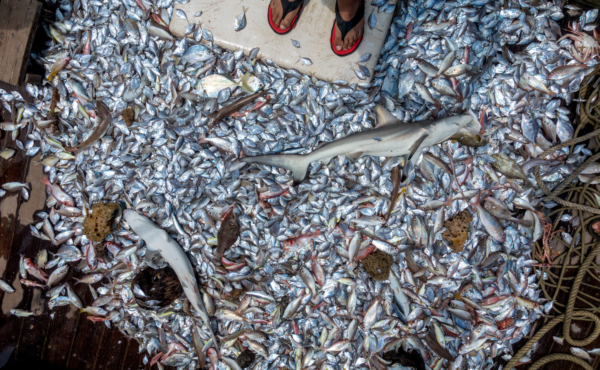
Bycatch Audits
Bycatch Audits
SFP’s bycatch audits assess a retailer’s seafood sourcing, to identify significant bycatch risks and actions your company can take to address those threats.
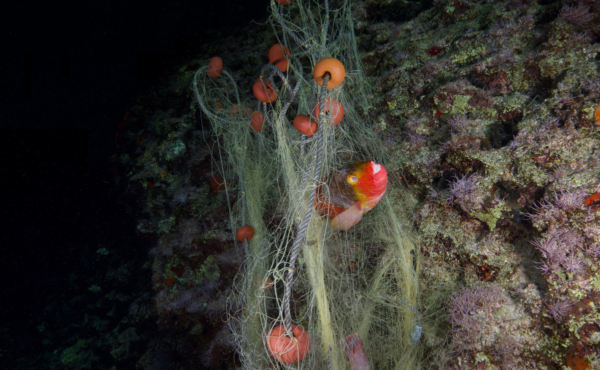
Reducing the threat of ghost gear
Reducing the threat of ghost gear
The seafood supply chain can make a lasting impact on reducing ghost gear by supporting programs that prevent gear loss through tracking and organizations dedicated to solving the challenge of ghost gear.
Help us protect ocean wildlife
Contact our Biodiversity & Nature team to learn more about how your business can take steps to protect ocean wildlife in your supply chain.

